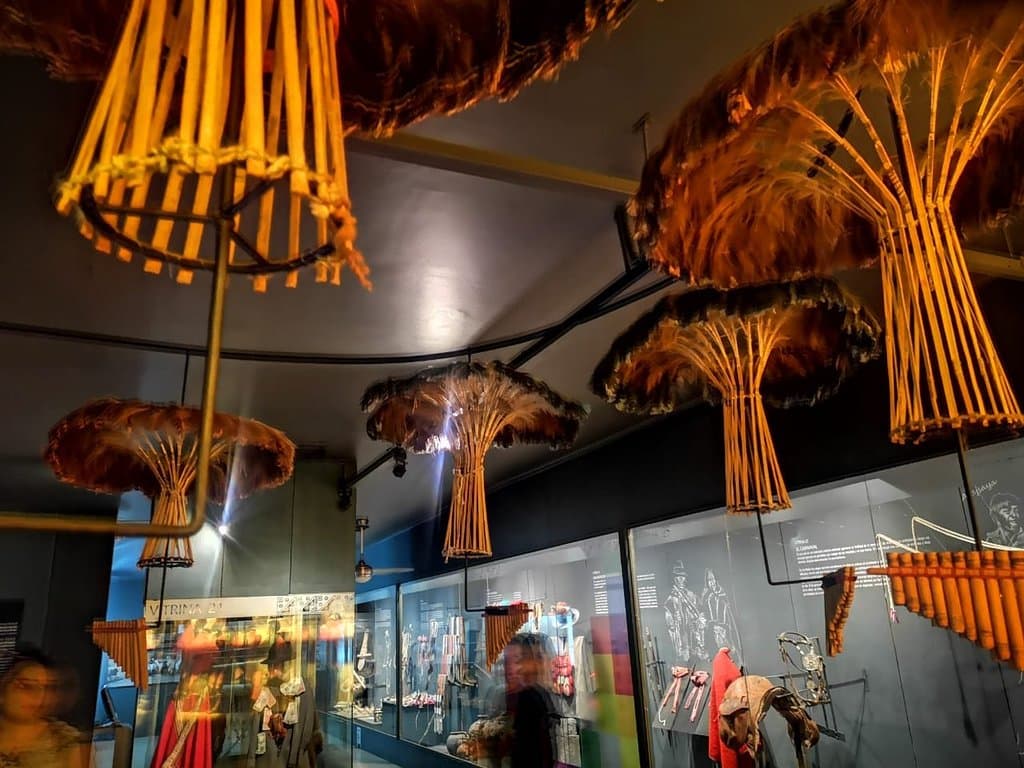
Museo Arqueológico San Miguel de Azapa
Home to the world's oldest mummies, this museum in the Azapa Valley offers a profound journey into ancient cultures.
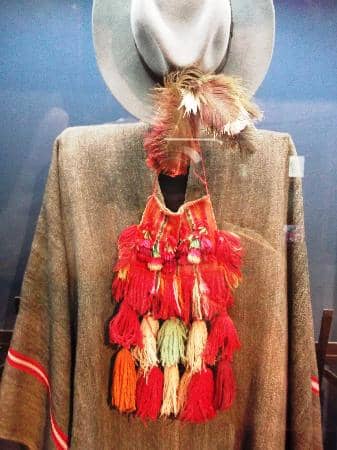
Highlights
Must-see attractions
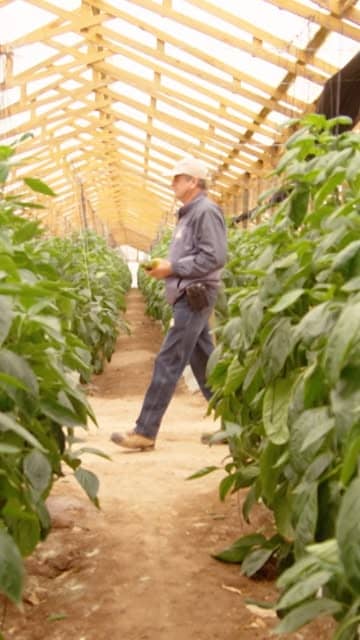
Social
From TikTok & Reddit
Best Time
Fewer crowds, better focus

Museo Arqueológico San Miguel de Azapa
Best Time
Fewer crowds, better focus

Highlights
Must-see attractions
Home to the world's oldest mummies, this museum in the Azapa Valley offers a profound journey into ancient cultures.
"AMAZING place to visit, must have of you are in Arica. Lots of ancient mummies, amazing territory, great views outside."
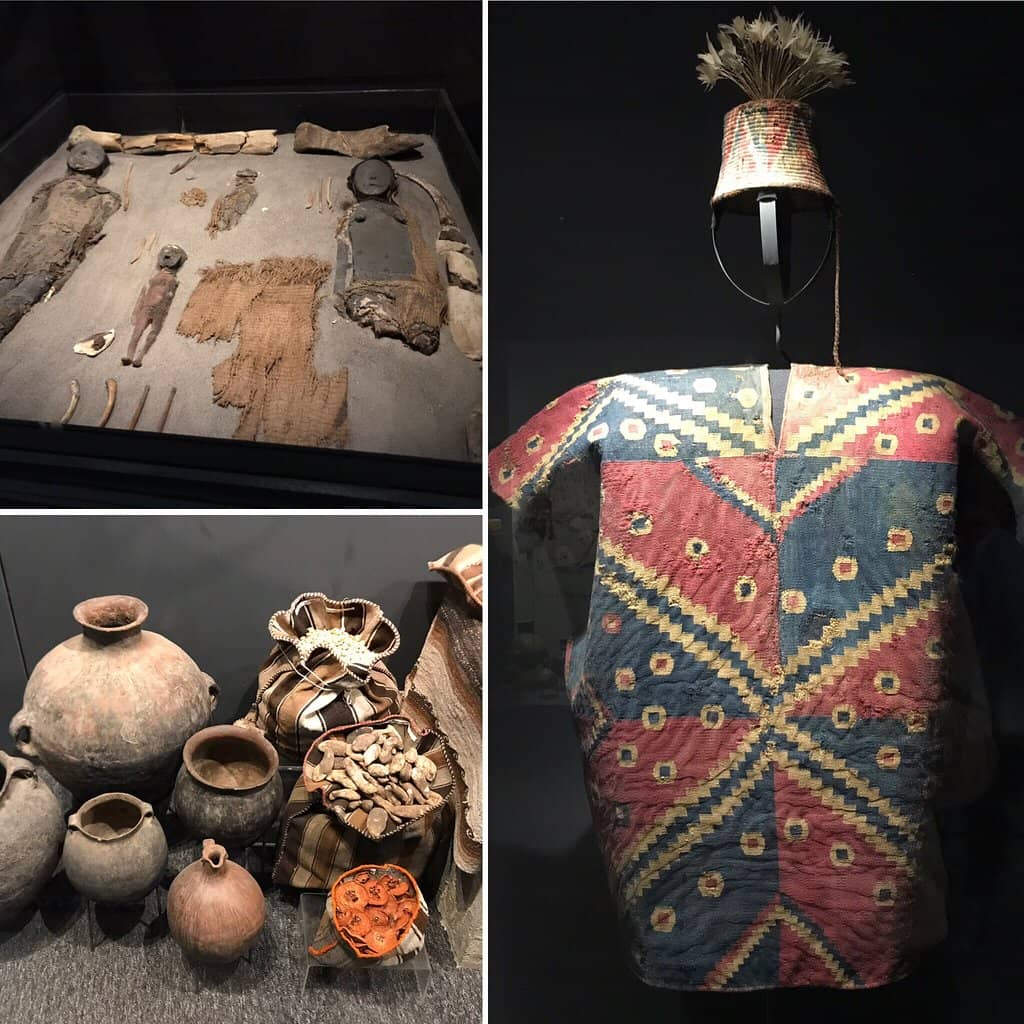
🎯 Book Guided Tours
Enhance your visit with expert insights into the Chinchorro culture. Tours available in multiple languages.
👟 Comfortable Shoes
You'll be doing a fair bit of walking around the exhibits and grounds.
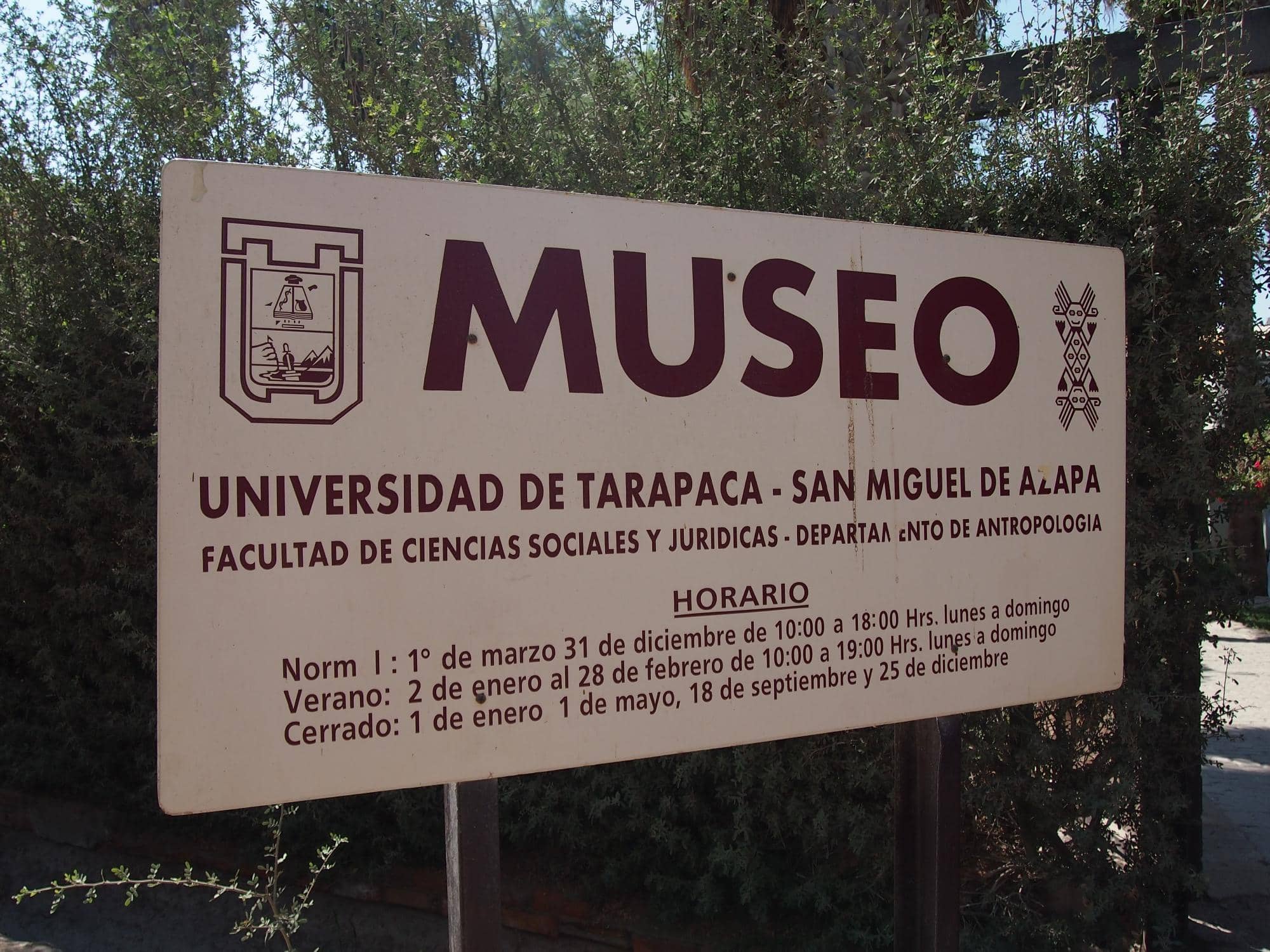
Highlights
Discover the most iconic attractions and experiences
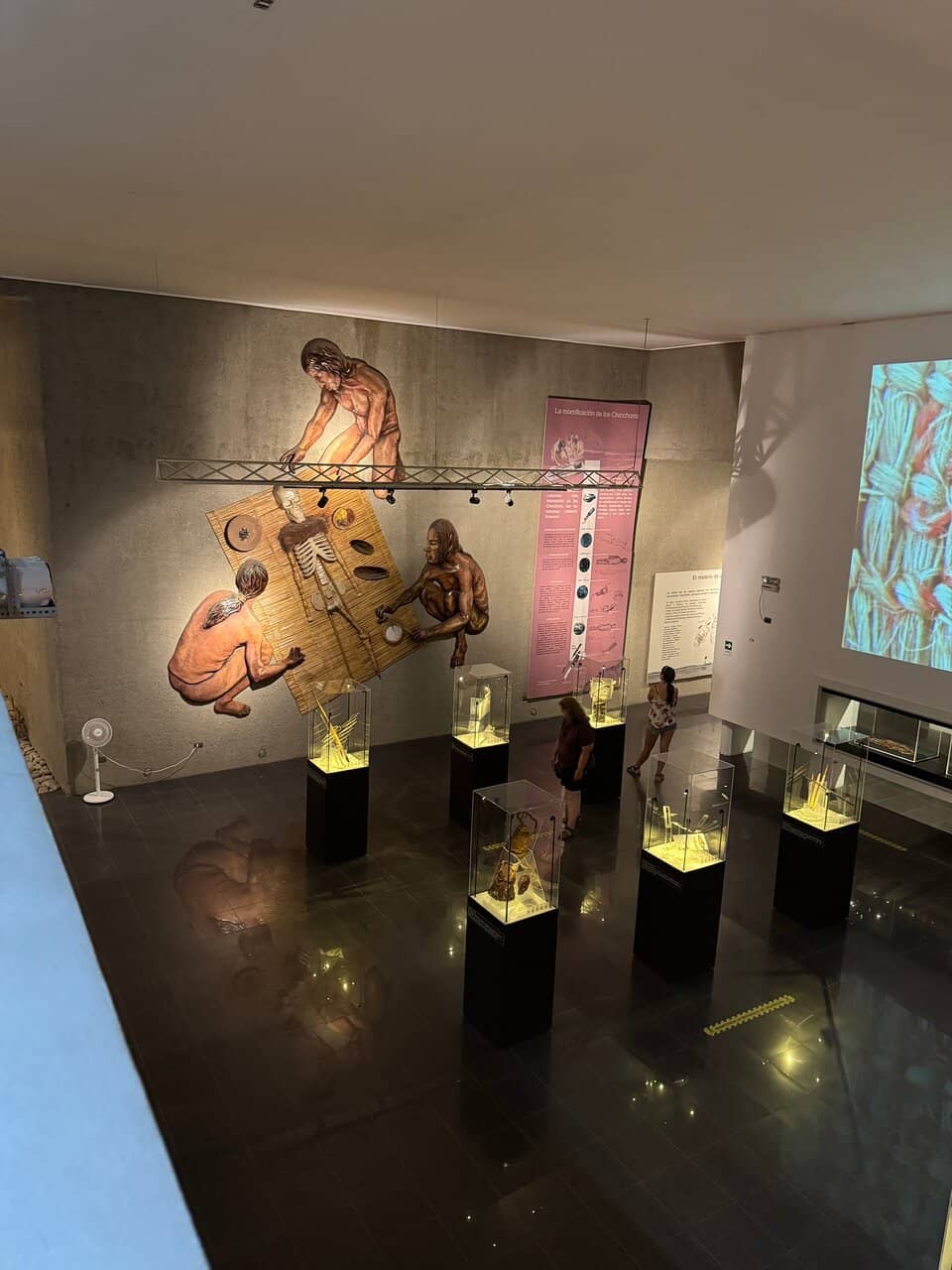
Chinchorro Mummies
Chinchorro Building
Discover the world's oldest mummies, thousands of years older than Egyptian ones. A truly unique and ancient display.
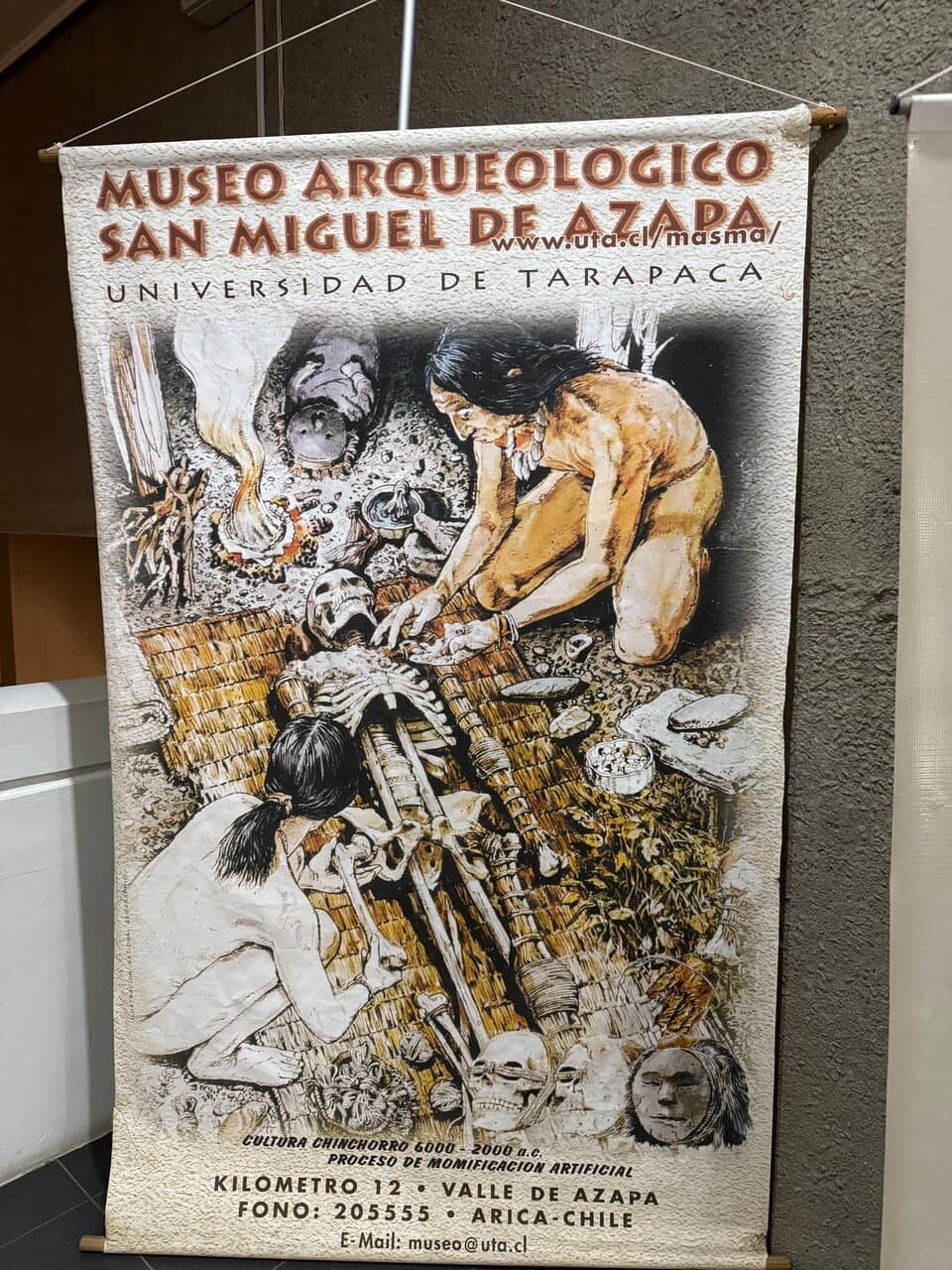
Pre-Hispanic Culture Exhibits
Main Exhibition Halls
Explore well-preserved artifacts showcasing the daily life and traditions of ancient coastal and highland cultures.
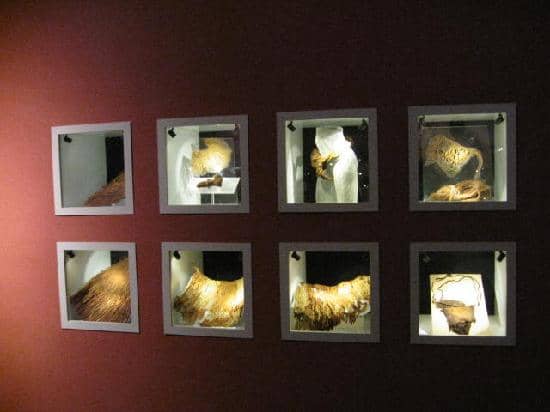
Azapa Valley Landscape
Museum Grounds and Surroundings
Enjoy the beautiful desert oasis setting, with opportunities to see local flora and fauna, including hummingbirds.
Plans like a pro.
Thinks like you
Planning Your Visit
Timing is Key for Chinchorro Mummies
Beyond the Mummies: Azapa Valley
Best Times
Insider Tips
from TikTok, Instagram & Reddit
🎯 Book Guided Tours
Enhance your visit with expert insights into the Chinchorro culture. Tours available in multiple languages.
👟 Comfortable Shoes
You'll be doing a fair bit of walking around the exhibits and grounds.
💧 Stay Hydrated
The Azapa Valley can be hot, so carry water, especially if exploring the outdoor areas.
📸 Photography Tips
Check for any restrictions on photography inside the museum. Capture the unique desert scenery.
Tips
from all over the internet
🎯 Book Guided Tours
Enhance your visit with expert insights into the Chinchorro culture. Tours available in multiple languages.
👟 Comfortable Shoes
You'll be doing a fair bit of walking around the exhibits and grounds.
💧 Stay Hydrated
The Azapa Valley can be hot, so carry water, especially if exploring the outdoor areas.
📸 Photography Tips
Check for any restrictions on photography inside the museum. Capture the unique desert scenery.
💰 Affordable Entry
The ticket price is very reasonable, making it an accessible cultural experience.
What Travellers Say
Reviews Summary
Visitors consistently praise the Museo Arqueológico San Miguel de Azapa for its incredibly well-preserved Chinchorro mummies, the oldest in the world, and its informative exhibits on local pre-Hispanic cultures. The affordable ticket price and the beautiful setting in the Azapa Valley are also frequently highlighted as major positives. Some reviewers found the audio guides a bit too lengthy, and wished for more time to explore during brief excursion visits.
"A beautifully told story of the local tribe. Items are well displayed. Tours available I. 6 languages. Imagine, mummies 6000 years older then the Egyptian mummies. Who would’ve thought!"
Kathleen Berkley-Martin
"It is informative. It does have quite a few mummies. We used the audio for English which dragged out too much."
Jeffrey Simmons
"We were there with a cruise ship excursion so it was a quick visit. I wish we had more time to explore the exhibits. The museum has mummies from the historic people who lived along the coast. Their life was harsh, and they had a short life expectancy. This museum also demonstrated how the people from the highlands came and showed these people a better way of life through farming and animal husbandry."
Georgia Little
What People Like
What People Dislike
Frequently Asked Questions
🚇 🗺️ Getting There
The museum is located about 10-12 km from Arica. You can take a taxi or a local bus that travels along the Azapa Valley route. Many visitors also opt for organized tours that include transportation.
Yes, there is typically ample parking available at the museum for visitors arriving by car.
Absolutely! The museum is a popular destination for day trips from Arica, often combined with visits to other attractions in the Azapa Valley.
Solo travelers can easily take a local bus or taxi from Arica. Joining a small group tour can also be a good option for meeting other travelers.
While Arica is the primary hub, if you are staying in smaller towns within the Azapa Valley, local transport or taxis can usually be arranged.
🎫 🎫 Tickets & Entry
Opening hours can vary, so it's best to check the official museum website or their social media for the most up-to-date information. Generally, they are open during daylight hours on weekdays and weekends.
The admission fee is very affordable, often around 2000 Chilean pesos for adults, making it a budget-friendly attraction.
For individual visitors, advance booking is usually not necessary. However, for larger groups or special events, it's advisable to inquire.
Information on discounts for students, seniors, or children is best confirmed directly with the museum. It's common for cultural institutions to offer reduced rates.
A typical visit can range from 1.5 to 3 hours, depending on your interest level and whether you take a guided tour.
🎫 🧭 Onsite Experience
The museum's main draw is its extensive collection of Chinchorro mummies, the oldest in the world. It also features exhibits on pre-Hispanic cultures, their daily lives, and the transition to agriculture.
Yes, guided tours are available and highly recommended to gain a deeper understanding of the exhibits. They are offered in multiple languages.
Photography policies can vary. It's best to check for signage or ask museum staff about restrictions, especially regarding flash photography.
While efforts are made for accessibility, some older museum structures might have limitations. It's advisable to contact the museum directly to inquire about specific accessibility features.
The museum grounds offer beautiful views of the Azapa Valley. You might also spot local birdlife in the garden areas.
🍽️ 🍽️ Food & Dining
Typically, museums of this size do not have full-service restaurants. It's recommended to bring snacks or plan to eat before or after your visit in Arica or nearby establishments.
The Azapa Valley has some local eateries, particularly near the olive plantations, offering regional cuisine. Arica itself has a wide range of dining options.
While you can usually bring water, it's best to consume outside the exhibition halls. Check with the museum about their specific policies on outside food.
The Azapa Valley is famous for its olives and related products. You might also find local fruits and traditional Chilean dishes.
Options might be limited in smaller valley eateries. Arica will offer a broader selection of restaurants catering to various dietary needs.
📸 📸 Photography
The Chinchorro building offers unique perspectives, and the surrounding Azapa Valley landscape provides beautiful desert scenery. The museum garden can also be picturesque.
Always check for signs or ask staff about photography rules. Flash photography is often prohibited inside exhibition halls to protect artifacts.
A versatile lens is useful for capturing both exhibits and landscapes. A wide-angle lens can be great for the valley views.
Photography of the mummies is often restricted or prohibited. Respect the cultural significance and follow museum guidelines.
Yes, the museum's location offers scenic views of the Azapa Valley, especially from the outdoor areas or the Chinchorro building.
For Different Travelers
Tailored advice for your travel style
👨👩👧 Families with Kids
Consider booking a guided tour that can adapt its pace and language for younger audiences. The visual nature of the exhibits, with well-preserved artifacts, can make history come alive. It's a great opportunity to spark curiosity about archaeology and ancient cultures.
💰 Budget Travelers
Pack your own water and snacks to save on expenses, as dining options directly at the museum are limited. The rich historical insights and unique exhibits offer immense value for the low price, providing a memorable experience without breaking the bank.
🏛️ History Buffs & Archaeology Enthusiasts
Engage with the detailed exhibits, consider a guided tour for in-depth explanations, and take time to appreciate the ongoing conservation efforts. The museum's affiliation with the University of Tarapacá ensures a high standard of academic rigor and informative content.
Deep Dives
In-depth insights and expert knowledge
The Chinchorro Culture: Masters of Mummification
The mummification process involved skinning the body, removing internal organs, and then reassembling the body with plant materials, animal skins, and clay. The skin was often treated and then re-draped over the body, sometimes painted with red ochre. The most striking feature of the 'black mummies' is the application of red ochre and manganese to the entire body, creating a stark, dark appearance. The museum's exhibits meticulously detail these processes, offering a fascinating glimpse into a civilization that mastered preservation in an arid environment.
Visitors often express awe at the sheer age and preservation of these mummies, highlighting the unique historical significance of the Chinchorro people. The museum's curation effectively tells the story of their lives, their harsh environment, and their enduring legacy through these remarkable artifacts.
Exploring the Azapa Valley
Beyond the museum, the valley offers a chance to explore olive plantations and learn about their cultivation. Some tours combine a museum visit with a stop at an olive producer, allowing visitors to taste local products and understand the agricultural heritage of the region. The scenic beauty of the valley, with its green fields against the backdrop of arid mountains, provides a picturesque setting for exploration and photography.
Many visitors appreciate the opportunity to experience the broader context of the Azapa Valley, seeing how ancient cultures thrived in such an environment and how traditions continue to this day. It adds a layer of understanding to the archaeological findings within the museum, connecting the past with the present landscape.
Conservation Efforts at the Museum
Recent content highlights the work of conservation technicians, such as Julio Castillo, who meticulously clean and preserve items like ancient sweet potato fragments belonging to the Tiwanaku culture. These efforts are vital for ensuring that these irreplaceable pieces of history are maintained for future generations. The dedication to conservation underscores the museum's commitment to its role as a guardian of cultural heritage.
This behind-the-scenes look at conservation efforts adds another layer of appreciation for the museum's work. It demonstrates that the museum is actively engaged in protecting and studying the artifacts, going beyond mere display to ensure their long-term survival.
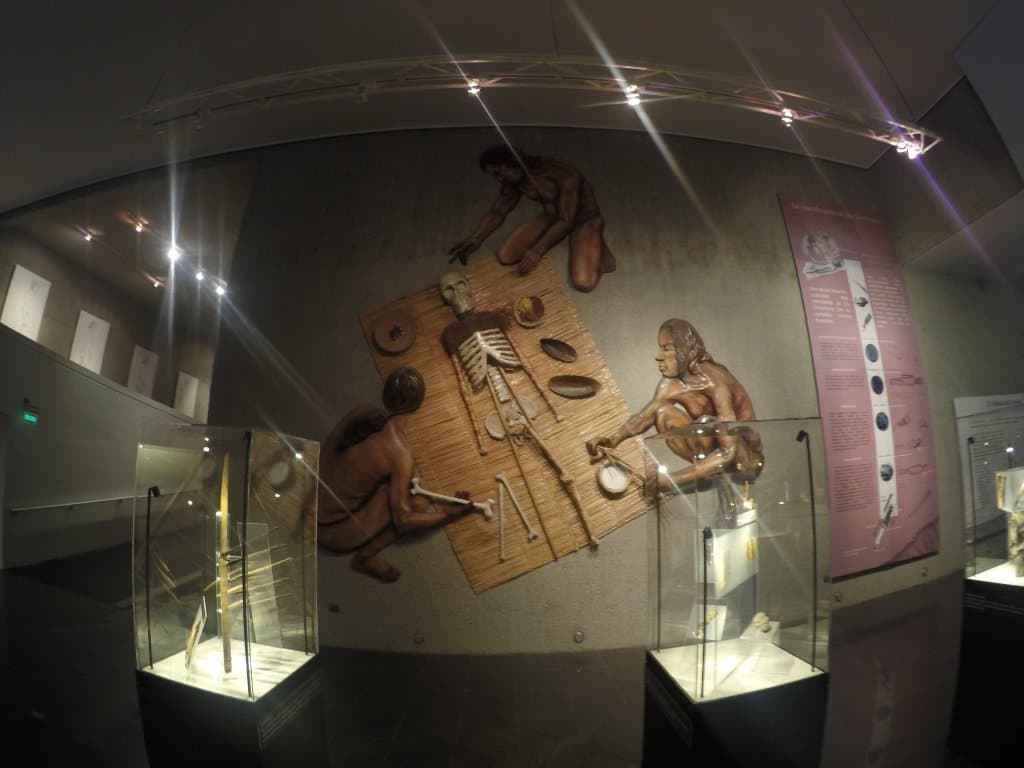
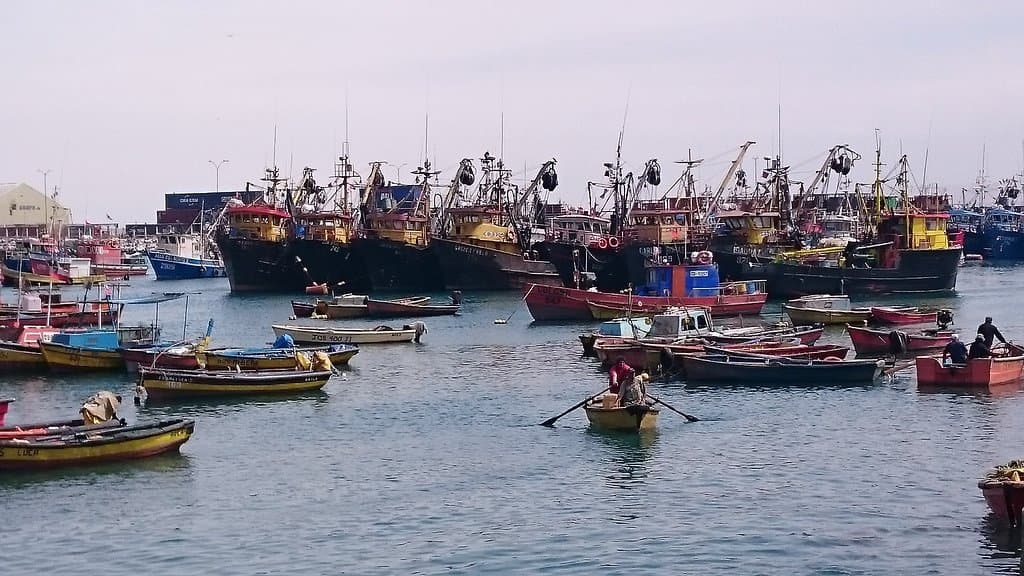
Social
from TikTok, Instagram & Reddit